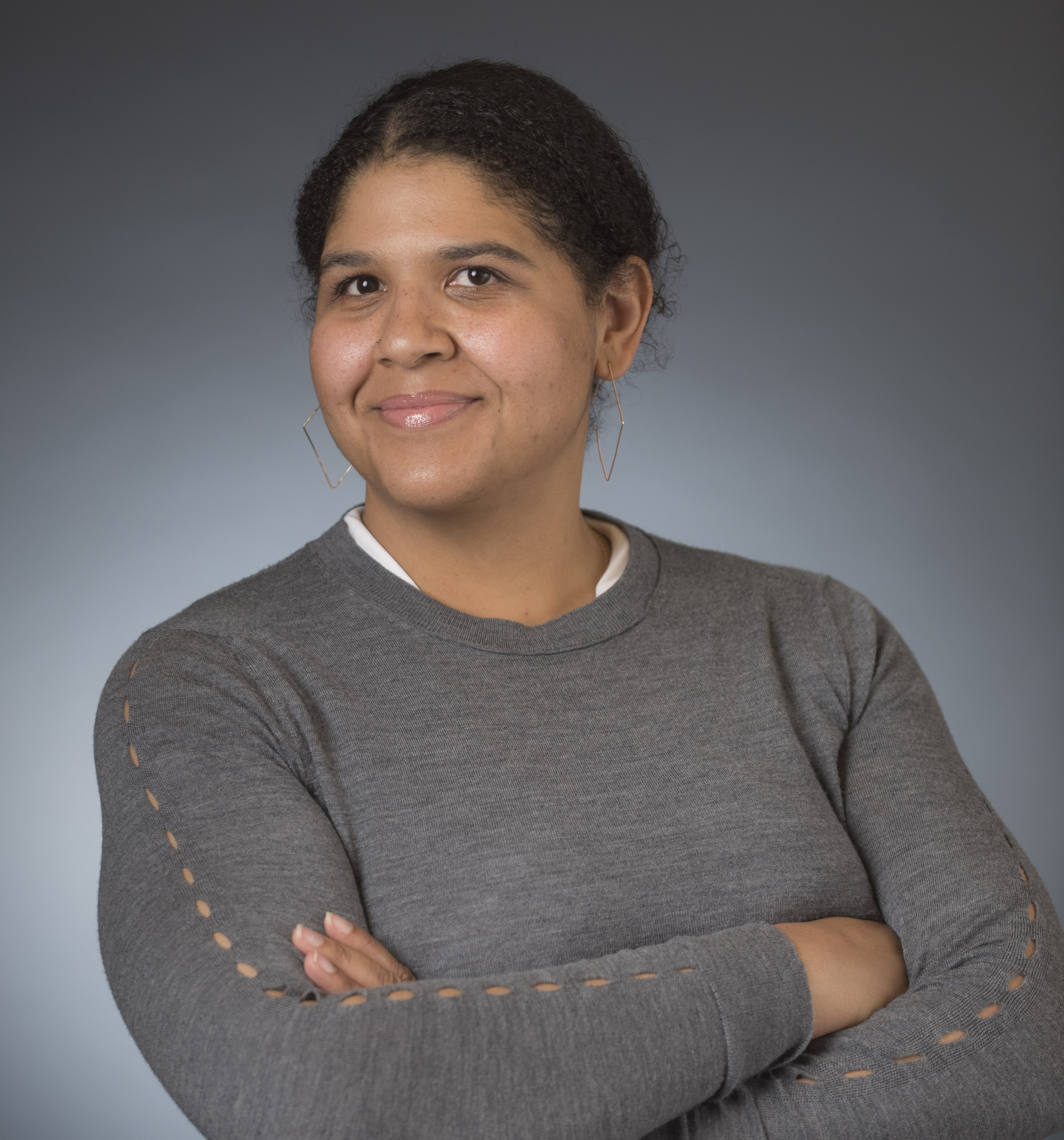
Child care prepares our littlest for the future, by helping them learn and grow. A lot of time and energy is spent making sure that children are healthy right now, today in child care—we create safe environments, we do health checks, and our licensing and monitoring visits are designed to make sure that there are no public health and safety threats.
But what if we looked at health the way we look at learning--not just as things we do to keep children and their families healthy today, but as the building blocks for long, healthy lives? What if the meals we serve weren't just about giving kids something to eat to fill their tummies now, but were seen as giving children experiences with food, which in turn develops preferences for food that fuel their bodies and protects them from chronic diseases, like diabetes?
What if we thought of active play as more than just fun, but as a strategy to release stress, teach self-regulation and as a way to prevent osteoporosis and heart disease?
While there is great diversity between local communities, many of our children share one common, experience—child care. How powerful could it be if all child care settings, but especially those in communities that are food deserts (where families might not have access to healthy food for family dinner) served fresh vegetables, fruits and whole grains?
The Office of Disease Prevention and Health Promotion states that “health starts in our homes, schools, workplaces, neighborhoods, and communities”. For many children, families and child care teachers and providers, child care is their school, their workplace, their community. Making small but impactful changes to child care environments help children, families and child care providers lead healthier lives. This is critical, because “the conditions in which we live explain in part why some Americans are healthier than others and why Americans more generally are not as healthy as they could be.”
What would we gain if, in communities where violence keeps our children and their families indoors when they get home at night, child care always found a way for children to be active AND safe?
Child Care Aware® of America spoke with child care providers in six states across the country—Alabama, Colorado, Indiana, Missouri, New York, and North Carolina. In each, providers agreed—when they as providers or when their centers had enhanced nutrition standards that required meal variety and nutrition education, or when they had access to training about the importance and impact of active play, both providers and children were likely to try new foods and to be more active. The providers, recognizing their status as role models, began changing their behavior in front of the children.
We also know that when children have experiences with food—through gardening, food tasting and repeated introduction of “new’ foods—they begin to eat a broader variety of foods. In some cases, this impacts what they eat at home. This happened in my family; one day, my 5 year old came home and asked us to buy plums the next time we went shopping. Why? “We had them at child care.”
The greatest and most impactful opportunities might be with parent, family and community engagement. Take nutrition for example. Food is deeply cultural; offering opportunities for family engagement around meals can bridge family can child care food cultures.
Child care professionals are passionate about helping grow and shape young children—and it’s time we use that passion to help all of our children grow up healthy. Investing in training and resources for child care providers and teachers to help children have rich experiences with food and to have opportunities to build strong bodies through play are critical—and so are policies that require these opportunities be available to all child care communities. See what training exists in your community, see what policies your center or family child care home has in place now. If you aren’t satisfied with what you see, talk to your friends and colleagues—share your passion with others. To paraphrase a great child care professional, Margo Sipes, doctors save lives and child care saves lives too.
This article was previously published in the Fall/Winter issue of Kansas Magazine.





